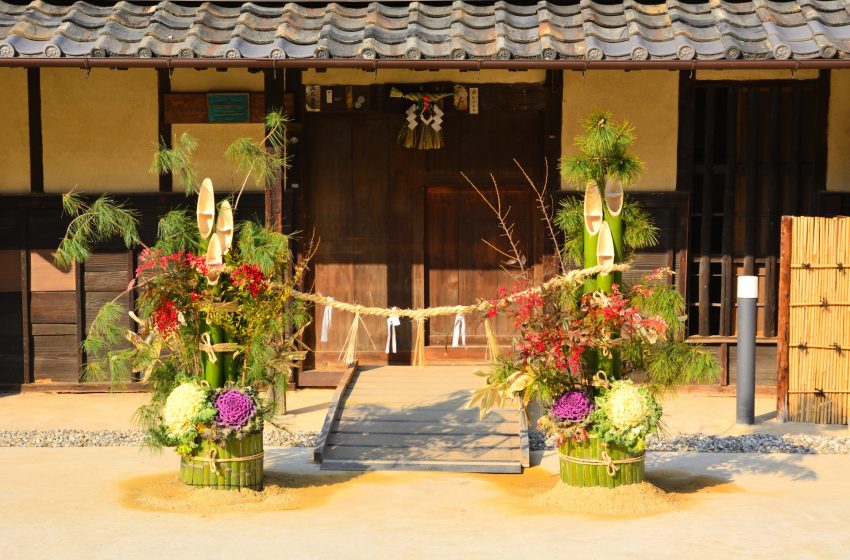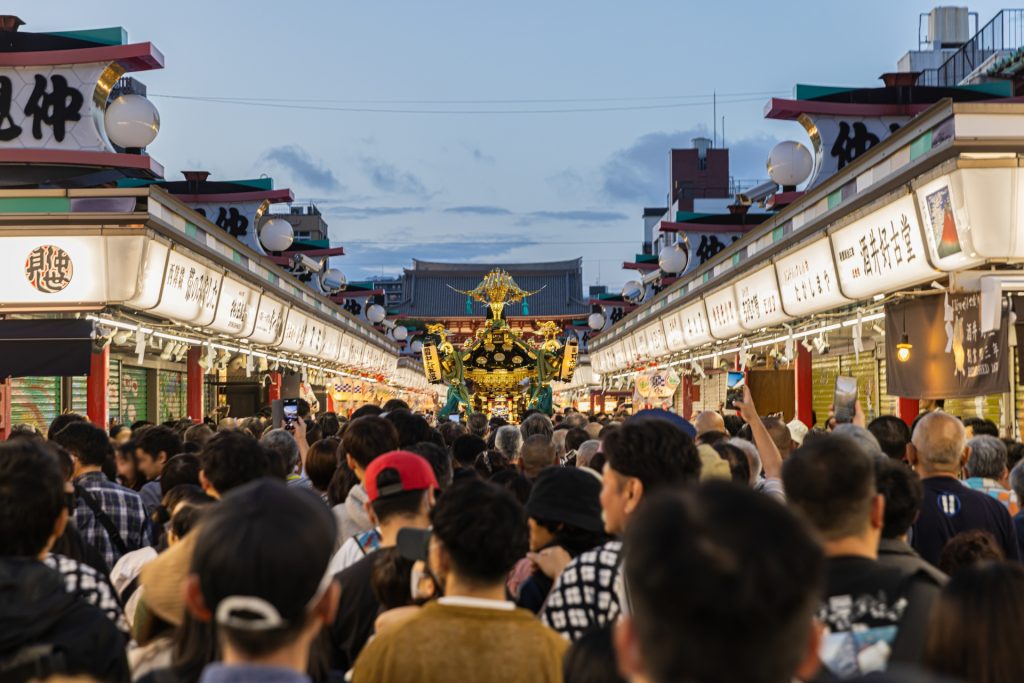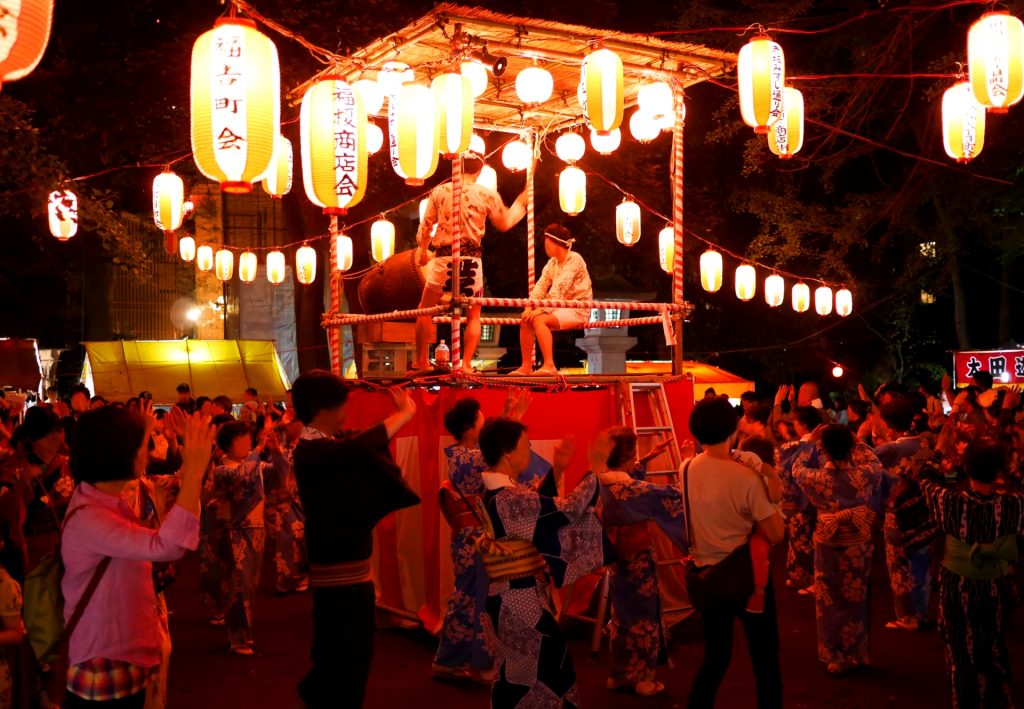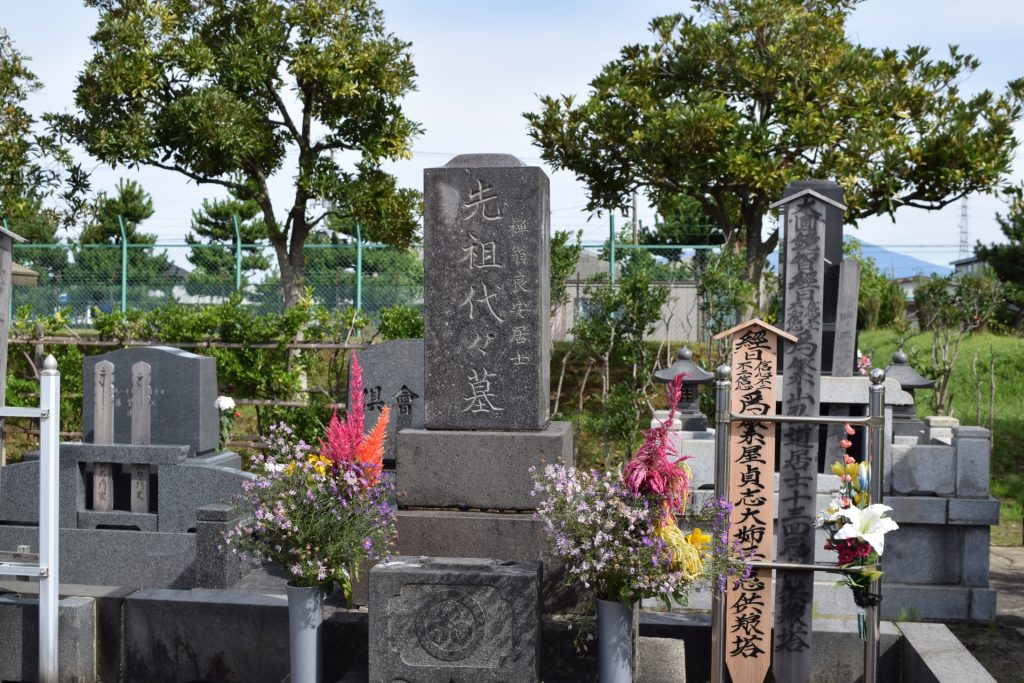
Kadomatsu: The Welcoming Pines of the Japanese New Year
Welcome, cultural explorers and festive seekers! As we delve into the heartwarming and vibrant traditions of Japan’s New Year, or “Shogatsu,” let’s explore one of the most iconic and elegant symbols of this festive season – the Kadomatsu. These traditional decorations are not just an aesthetic delight; they hold deep cultural significance and are an integral part of welcoming the New Year in Japan.
The Essence of Kadomatsu
Kadomatsu, which literally means “gate pine,” is a traditional Japanese decoration placed in pairs in front of homes and businesses to welcome ancestral spirits or gods of harvest (Toshigami) during the New Year. The arrangement typically consists of three bamboo shoots of different lengths, pine branches, and sometimes plum tree twigs. The elements of the Kadomatsu are rich in symbolism and reflect wishes for longevity, prosperity, and steadfastness.
Symbolism and Structure
1. Bamboo: The bamboo shoots, often cut at different lengths, symbolize prosperity and growth. Bamboo is revered for its strength and flexibility, qualities that are hoped to be bestowed upon the household in the coming year.
2. Pine: Pine branches are symbols of endurance and longevity. Their evergreen nature represents eternal youth and stability through the harsh winter months.
3. Plum Twigs: When included, plum twigs represent steadfastness and resilience, as the plum is one of the first flowers to bloom in the new year, often while snow is still on the ground.
The Placement and Purpose of Kadomatsu
Kadomatsu is traditionally placed in pairs, representing male and female, on either side of the entrance to a home, business, or temple. This placement is believed to create a temporary dwelling for the visiting spirits, ensuring their blessings for the household or business. The decorations are typically set up after Christmas and remain in place until January 7th, after which they are taken down and burned to appease and release the spirits back to their realm.
Crafting Your Own Kadomatsu
While in Japan, you can find Kadomatsu for sale at various markets and stores as the New Year approaches. However, many families choose to create their own, selecting and cutting bamboo and pine branches as part of their New Year preparations. For those outside Japan, crafting a Kadomatsu can be a fun and meaningful way to connect with Japanese culture and celebrate the New Year with a touch of tradition.
Respecting the Tradition
If you’re in Japan during the New Year, you’ll notice Kadomatsu adorning entrances all around, from quiet residential neighborhoods to bustling commercial districts. It’s a testament to the enduring nature of this tradition and its significance in Japanese culture. As a visitor, admiring these beautiful arrangements is a way to appreciate and respect the cultural heritage of Japan.
Conclusion: Embracing the Spirit of New Year with Kadomatsu
Kadomatsu is more than just a decorative element; it’s a symbolic gesture of welcome and respect for the spirits that bless and protect the land and its people. This New Year, as you admire or perhaps even create your own Kadomatsu, take a moment to reflect on the year that has passed and the new one that lies ahead. Embrace the spirit of renewal, respect, and hope that Kadomatsu represents.
Happy New Year, and may your path be blessed and prosperous, just like the steadfast bamboo and the evergreen pine!




